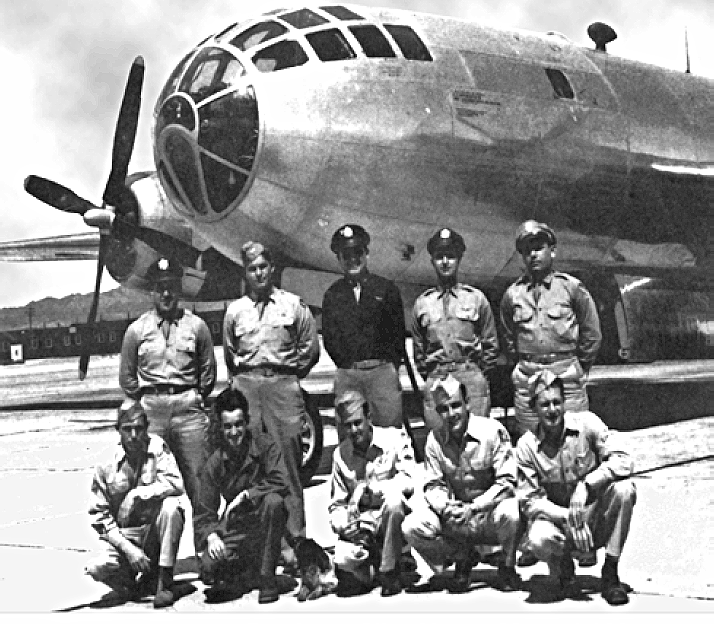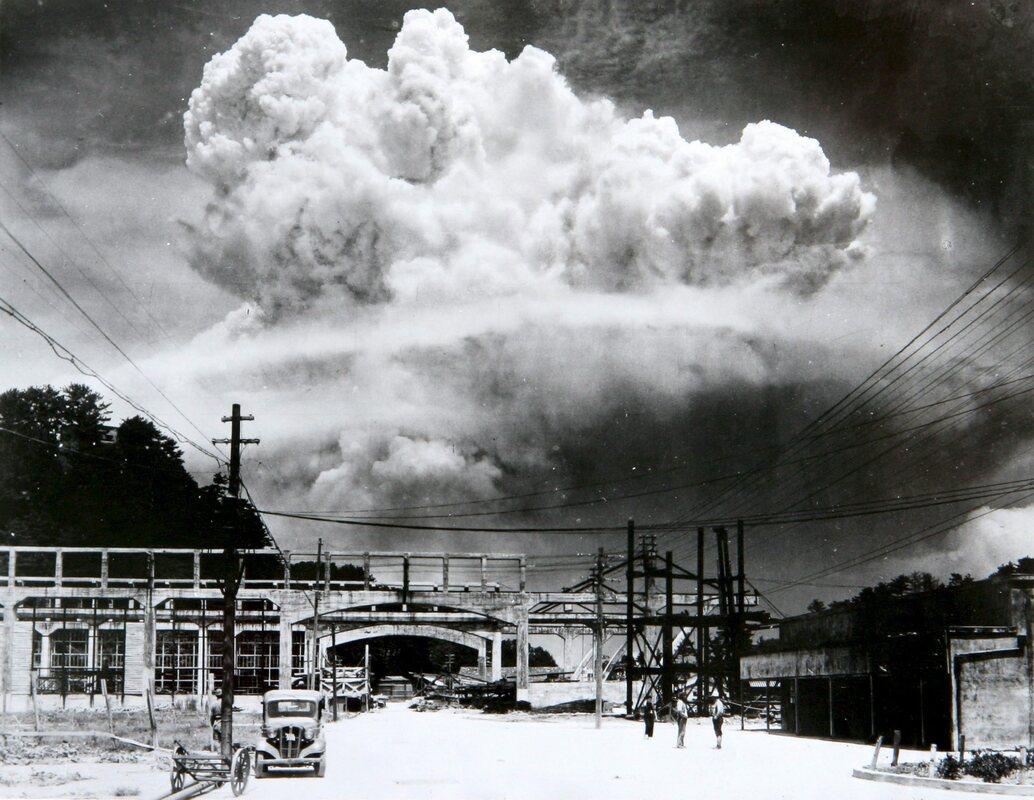...THAT NAGASAKI WAS NOT THE ORIGINAL TARGET OF THE SECOND ATOM BOMB IN JAPAN.Mushroom cloud over Nagasaki. (US gov [Public domain], via Wikimedia Commons) At 8.15am on August 6th 1945, a B-29 Superfortress from the 393rd Bombardment Squadron called the Enola Gay - named after the mother of its pilot, Paul Tibbets - released a bomb carrying 64kg of uranium 235. After just under 45 seconds of freefall, Little Boy - this was the name of the atom bomb - detonated at 580 metres above the Japanese city of Hiroshima. Close to 80,000 civilians died instantly. When the Japanese Imperial Army refused to capitulate, a meeting on the US-controlled Pacific island of Guam, including such military luminaries as General Curtis Lemay and Rear-Admiral William R. Purnell, was convened to determine the next move. With no Japanese surrender forthcoming, the ‘next move’ was adjudged to be the dropping of a plutonium-based weapon, codenamed Fat Man (named by Robert Serber of the Manhattan Project after a character in The Maltese Falcon) over the city of Kokura. Kokura, in the south west of Japan was, incidentally, the secondary target had Hiroshima been cloud-covered on the 6th of August. Now it was the primary target. 'Fat Man' being sprayed with plastic on the island of Tinian At just after 3.45am on the 9th of August, another B-29 Superfortress - this time named Bockscar - took off from the island of Tinian in the Pacific Ocean, loaded with Fat Man, and headed towards the Kokuran military arsenal. After rendezvousing with support planes above Yakushima Island, Bockscar flew onto Kokura. For a good portion of the final months of the war in the Pacific, the USAF had been firebombing the mostly wooden cities of Japan in the hopes of causing such terrible civilian casualties and damage to property that the High Command would be forced into surrender. During the previous day, American bombs had set fire to the nearby city of Yahata. The smoke that continued to billow from the city obscured the primary target of Kakura such that, despite three bombing runs above the target, the Bockscar could find no opening in the cloud cover. As a result, the secondary target was selected. Nagasaki, and not Kokura, would bear the brunt of history’s atomic age. B-29 Superfortress, Bockscar. (ASAF [Public domain], via Wikimedia Commons) Two minutes before any clock in Nagasaki struck 11am, Fat Man fell from Bockscar. 43 seconds later, one gram of matter (from the 6.19kg of plutonium) was converted into heat and radiation 500 metres above the ground. Approximately 40,000 Japanese people died almost immediately. The number of deaths would have been far higher had it not been for the mountainous topography of Nagasaki which helped shield some residents from the blast. As it was, tens of thousands died from leukaemia and other radiation-related illnesses, as well as the fires that raged long after. Atomic cloud over Nagasaki from Koyagi-jima(Hiromichi Matsuda (松田 弘道, ?-1969) [Public domain], via Wikimedia Commons) Dr Elliott L. Watson
@thelibrarian6
0 Comments
Leave a Reply. |
Categories
All
Archives
April 2024
|




 RSS Feed
RSS Feed